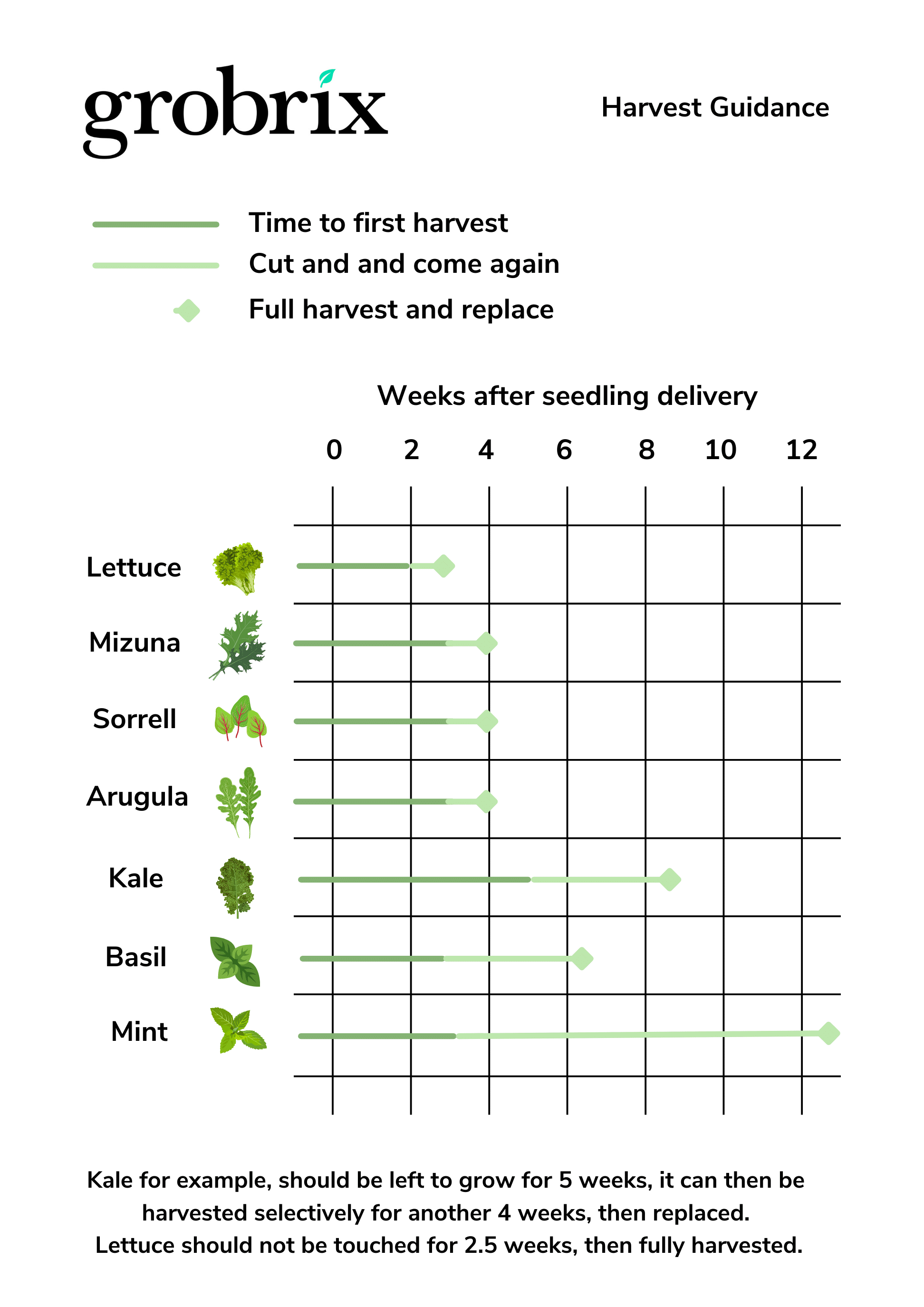Active Vs. Expired Severe Weather Alerts: A Guide For The Carolinas

Table of Contents
Understanding Active Severe Weather Alerts in the Carolinas
When a severe weather alert is active, it means dangerous weather is happening now, or is imminent. Immediate action is required to protect yourself and your family.
Types of Active Alerts:
Active severe weather alerts in the Carolinas can include, but aren't limited to:
- Tornado Warning: A tornado has been sighted or indicated by weather radar. Take immediate shelter in a sturdy building, preferably in an interior room on the lowest level.
- Severe Thunderstorm Warning: Severe thunderstorms capable of producing damaging winds (58 mph or greater), large hail (1 inch in diameter or greater), or tornadoes are occurring. Seek shelter indoors away from windows.
- Flash Flood Warning: A life-threatening flood is happening or is imminent. Move to higher ground immediately. Never drive through flooded areas.
- Hurricane Warning: Hurricane conditions (sustained winds of 74 mph or greater) are expected within 24 hours. Evacuate if ordered to do so. Secure your property and prepare for high winds and storm surge.
- Winter Storm Warning: Significant amounts of snow, sleet, or ice are expected. Stay indoors, prepare for power outages, and avoid unnecessary travel.
- Blizzard Warning: Sustained winds or frequent gusts of 35 mph or greater and considerable falling or blowing snow (reducing visibility to less than ¼ mile) for 3 or more consecutive hours are expected. This is a dangerous situation requiring staying indoors until conditions improve significantly.
Heeding official warnings from the National Weather Service (NWS) is paramount. Failure to do so can have serious consequences. The specific actions required depend on the type of alert issued. Always prioritize your safety and the safety of those around you.
Sources for Active Alerts:
Staying informed is vital. Utilize multiple sources for the most comprehensive and timely information on active severe weather alerts. Reliable sources include:
- NOAA Weather Radio: A dedicated weather radio is an excellent source of continuous, up-to-the-minute alerts.
- NWS Website (weather.gov): The official source for weather information, providing detailed forecasts and alerts.
- Reputable Weather Apps: Apps such as The Weather Channel, AccuWeather, and WeatherBug offer alerts and forecasts directly to your smartphone.
- Local News Channels: Television and radio stations provide up-to-date weather information and coverage during severe weather events.
Using multiple sources ensures redundancy and minimizes the chance of missing critical information.
Interpreting Alert Language:
Understanding the terminology used in weather alerts is essential. The NWS uses specific language to convey the level of threat:
- Watch: Conditions are favorable for severe weather to develop. Stay informed and be prepared to take action if a warning is issued.
- Warning: Severe weather is happening now, or is imminent. Take immediate action to protect yourself and your property.
The difference between a watch and a warning is crucial. A warning demands immediate action, while a watch indicates the potential for severe weather.
Recognizing and Responding to Expired Severe Weather Alerts in the Carolinas
Just because an alert has expired doesn't mean all danger is gone. While the immediate threat has passed, lingering hazards can remain.
What Expired Means:
An expired alert signifies that the specific threat outlined in the alert has ended. For example, an expired tornado warning means the immediate threat of a tornado has passed for that specific area.
Assessing Post-Alert Risks:
After an alert expires, it's crucial to assess any potential lingering risks:
- Check for Property Damage: Inspect your home and property for damage caused by the severe weather event.
- Assess Flood Levels: If there was flooding, be aware of potential dangers even after flood waters recede. Standing water can hide hazards like downed power lines.
- Be Aware of Downed Power Lines: Stay away from downed power lines – they are extremely dangerous. Report them to your local utility company immediately.
- Road Closures: Check for road closures before traveling, as some roads may be impassable due to damage or flooding.
Staying Informed After an Alert Expires:
Even after an alert expires, it's vital to continue monitoring weather reports. Lingering hazards such as flooding or high winds could still pose a danger.
Conclusion:
Understanding the difference between active and expired severe weather alerts in the Carolinas is critical for ensuring the safety and well-being of yourself and your family. Active alerts demand immediate action based on the specific threat. Expired alerts signify the immediate threat has passed but caution remains crucial due to the potential for lingering hazards. Staying informed through various channels—NOAA Weather Radio, the NWS website, reputable weather apps, and local news—is key to effective preparedness.
Call to Action: Stay safe in the Carolinas by understanding and responding appropriately to both active and expired severe weather alerts. Learn more about severe weather preparedness and resources available to you in the Carolinas by visiting the National Weather Service website and your local emergency management agency. Regularly check for updated severe weather alerts Carolinas to ensure your safety and the safety of your family.

Featured Posts
-
 Harvesting And Preserving Rosemary And Thyme Tips And Techniques
May 31, 2025
Harvesting And Preserving Rosemary And Thyme Tips And Techniques
May 31, 2025 -
 Addressing The Crisis Houstons Drug Addicted Rat Population
May 31, 2025
Addressing The Crisis Houstons Drug Addicted Rat Population
May 31, 2025 -
 Finding The Good Life Strategies For Happiness And Fulfillment
May 31, 2025
Finding The Good Life Strategies For Happiness And Fulfillment
May 31, 2025 -
 Bernard Kerik A Fearless Leaders Legacy After 9 11
May 31, 2025
Bernard Kerik A Fearless Leaders Legacy After 9 11
May 31, 2025 -
 Assessing Us And Chinese Military Capabilities A Detailed Comparison
May 31, 2025
Assessing Us And Chinese Military Capabilities A Detailed Comparison
May 31, 2025
